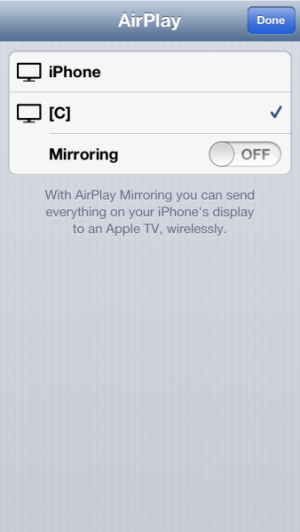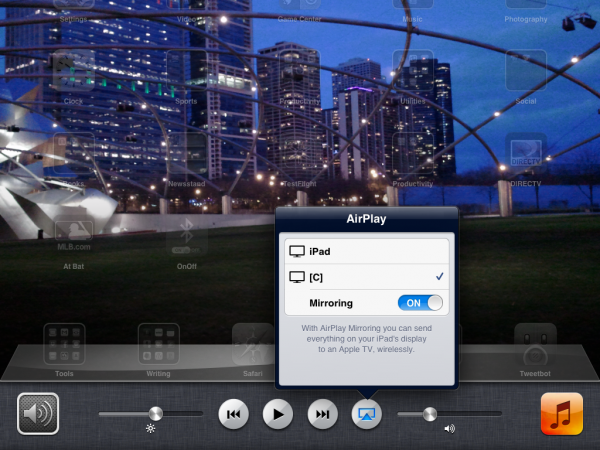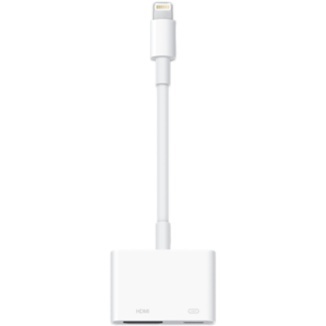How To: Display Your iPhone, iPod touch, or iPad on a TV
iPhones are great. iPads are great too, what with their big screens. They can play all sorts of music video, and games from many different sources. But don't forget about the big TV screen when using these devices. Yes, there are ways to take the picture from your iPhone, iPod touch, or iPad, and put it on your TV. Here's how to do that either through the Apple TV or through direct output cables.
Apple TV
The benefit of using an Apple TV is simple: no need to plug in a cable when wanting to view a video on TV, not to mention no wires getting in the way of holding the device when displaying photos or games on TV.

To start viewing your device on TV, set up your Apple TV, have it plugged in, and on the same network as your iOS device. It does not necessarily need to be actively on, with the front light glowing. Now, on your iOS device, call up the multitasking bar by double-tapping the home button. Swipe to the left until you see the AirPlay icon, which looks like this:. You will need to swipe twice on the iPhone and iPod touch, and once on the iPad. Tap the AirPlay icon. Choose your Apple TV. If you have multiple Apple TVs in the same network, it may help to give them custom names in each box's settings.

For those with an iPhone 4S, iPhone 5, iPod touch 5th Generation, or any iPad except the very first model, AirPlay Mirroring for displaying your whole screen on TV is available. By default, mirroring will be off, which means that only audio and apps that support AirPlay video output directly will be displayed. Enabling it will send the entire contents of your screen to your TV. Apps that support video ouput will switch over to that mode instead of using mirroring.

Note that the big drawback to AirPlay Mirroring is that for gaming, it has a noticeable amount of latency; use our previous guide for reducing latency to help out with this.
Video Output Cables
Apple also sells video output cables for those who prefer direct connections, need to output to analog video connections, or want to save some money by not buying a $99 Apple TV.

Simply plugging the cable in to your device, and then plugging the necessary video cable(s) in to your TV will do the trick. HDMI adapters carry audio, analog video adapters have RCA audio outputs, and the VGA adapter requires using a separate audio cable to output through the headphone jack. Digital video connections and VGA will not offer resolution options, though the device will generally output what the TV reports back as the maximum possible resolution.
If you have a device with a Lightning connector and a video output cable with the dock connector, it will not work with the lightning-to-dock adapter currently available. In general, these should lead to better results with gaming due to less video latency.
By following this guide, you can now easily display all the content available on your iOS device on your TV easily.


